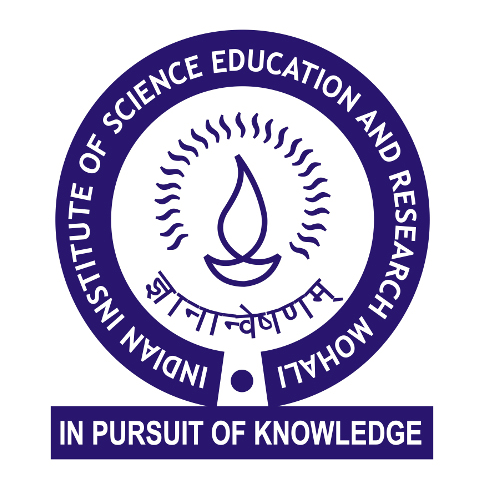Events Calendar
Reproducible computational modelling of Acute Promyelocytic Leukaemia resistance to Retinoic Acid therapy.
Tuesday 14 October 2025, 11:00am
Prof. Denis Thieffry (Ecole Normale Supérieure & Institut Curie, PSL University, Paris, France)
Location : AB2-5A
Abstract: Acute Promyelocytic Leukaemia (APL) arises from an aberrant chromosomal translocation involving the Retinoic Acid Receptor Alpha (RARA) gene, predominantly with the Promyelocytic Leukaemia (PML) or Promyelocytic Leukaemia Zinc Finger (PLZF) genes. The resulting oncoproteins block the haematopoietic differentiation program promoting aberrant proliferative promyelocytes. Retinoic Acid (RA) therapy is successful in most of the PML::RARA patients, while PLZF::RARA patients frequently become resistant and relapse. Recent studies pointed to various underlying molecular components, but their precise contributions remain to be deciphered. In this respect, we have integrated the main underlying signalling, transcriptional and epigenetic regulatory mechanisms into a mechanistic network model. Using a logical formalism, we have demonstrated that this model captures key features of the APL cell responses to RA depending on the genetic background. The explicit inclusion of the histone methyltransferase EZH2 allowed the assessment of its role in the resistance mechanism, distinguishing between its canonical and non-canonical activities. The model dynamics was thoroughly analysed using tools integrated in the public software suite maintained by the CoLoMoTo consortium (https://colomoto.github.io/). The model serves as a solid basis to assess the roles of novel regulatory mechanisms, as well as to explore novel therapeutical approaches in silico.
website policy
Connect with us
IISER Mohali, Knowledge city, Sector 81, SAS Nagar, Manauli PO 140306
Telefax : 2240266, 2240124
-
+91 - 172 - 2240266
- +91 - 172 - 2240266


